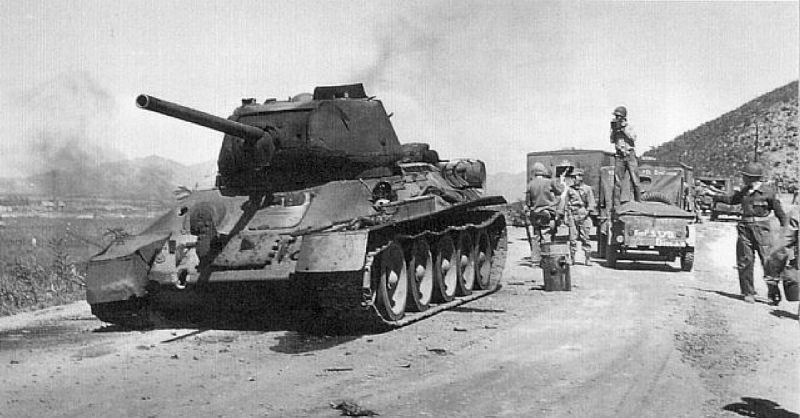When one posthumously receives the Medal of Honor, it is assumed that they died in combat performing the gallant action that warranted the nation’s highest military honor. However, for many men who served in an era where pre-conceived notions of race played a heavy role in determining gallantry, they would have to wait.
Such would be the case for Army Sergeant Eduardo Corral Gomez. As a Hispanic American, Sergeant Gomez answered the call to serve his nation despite the fact that many in the United States military at the time would hold this against him when it came time for recognition.
One might think that is simply not provable, but when you hear the story of what his man did during the Korean War, it is not hard to believe that something was preventing this man from the honor he so richly deserved. So when the Defense Department ordered a modern review of warriors whose gallantry might have been overlooked due to their Jewish or Hispanic heritage, Sergeant Gomez’s name stuck out like few others on the list.
And in 2014, President Barrack Obama awarded Sergeant Gomez the Medal of Honor 64 years after he left combat alive, but an unfortunate 42 years after he passed away in 1972.
Accounts Lost to History
The Medal of Honor serves as a bookmark in history for all to stand up and acknowledge something great has taken place in the history of war. With Sergeant Gomez’s recognition coming so far past his combat action, it is an unfortunate tragedy that more information is not available, and we lack many of the first-hand accounts Sergeant Gomez could have given if the country had known to take notice. But we know enough to know that neither pain nor withering enemy fire could stop Sergeant Gomez from accomplishing the mission.
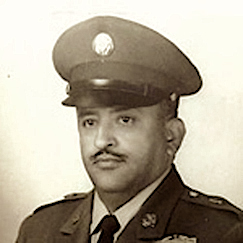
When the Korean War broke out in June of 1950, Sergeant Gomez was serving with the 8th Calvary Regiment 1st Calvary Division. They would enter the fighting at Pohangdon South Korea where they landed in defense of the fragile Pusan Perimeter in July of that year.
Heavy fighting against multiple North Korean divisions threatened to push South Korean, and United Nations forces into the sea. However, bolstered by naval and air supremacy, the perimeter was held as the exhausted North Korean soldiers stretched their supply lines thin and were beaten down by almost continuous combat.
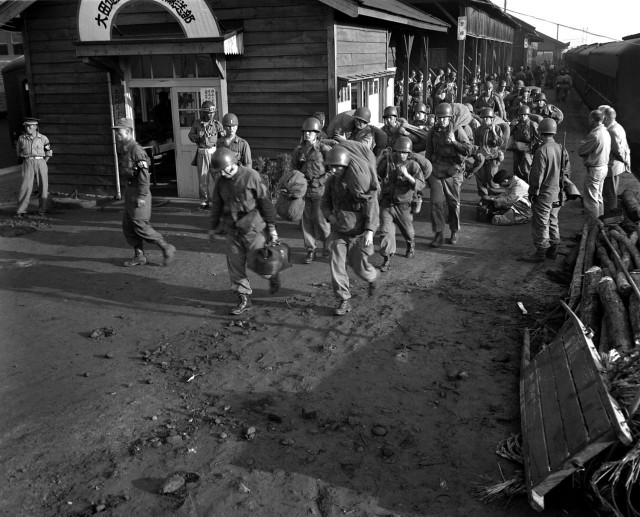
For Sergeant Eduardo Gomez, he would only be in the fighting a few months before establishing himself as a dependable warrior and the kind of man you are glad is on your side. For it was on September 3rd, 1950 near the town of Tabu-dong that Sergeant Gomez proved aggressive infantry can and should take on a tank when needed. Many would think a one-man assault on a tank would go heavily in the favor of armor, but in this battle of man versus tank, the victory goes to
Many would think a one-man assault on a tank would go heavily in the favor of armor, but in this battle of man versus tank, the victory goes to man.
Man Versus Tank
On his particular day, Sergeant Gomez was part of a combat patrol on foot when they came under intense enemy fire from small arms, machine guns, and yes, a tank. While the assault unit came within 75 yards of the command post before being stopped, Sergeant Gomez and his men continued to be raked by machine gun fire from enemy infantry and the tank. With the perimeter being fragile and fluid, Sergeant Gomez realized that the longer this tank was present, the more opportunity it had to devastate the US lines.
It was at this point that Sergeant Gomez took it upon himself without orders to crawl over 30 yards through an open rice field to reach the tank. Now, I don’t know if you know much about cover and concealment, but it is safe to say that a rice field offers neither.
However, Sergeant Gomez miraculously made it to the tank where he then faced another problem. What do you do with a tank? Well, if you are Sergeant Eduardo Corral Gomez, you find some way to pry open the hatch and throw down a grenade gifting violence and shrapnel to the enemy.
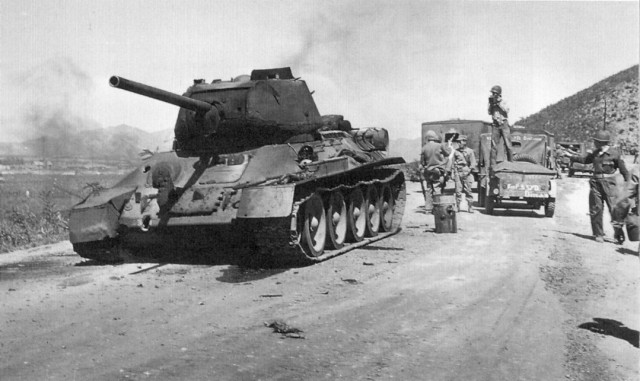
As if that were not a large enough feat to speak about when returning, he then crawled back to his unit through the same rice field. This time, he was wounded in the side but refused evacuation while the fighting continued. With the tripod damaged on a .30 caliber machine gun, he cradled it in his arms and began pouring down fire upon the attacking enemy.
The enemy assault was so intense and unrelenting, that the barrel to the .30 caliber machine gun overheated burning Sergeant Gomez in the process. Despite the burns and his profusely bleeding wound, he continued to fire until defensive positions were established.
The Tragedy of a Long Wait
And while Sergeant Gomez was indeed put forward for recognition that day, his exploits wouldn’t see the attention many thought it deserved and they believed that to be due to his Hispanic heritage. Sergeant Gomez survived the war and left as a 1st Sergeant before he was done. And while history was waiting for the moment where he could get his due recognition, Sergeant Eduardo Gomez passed away in 1972 at the young age of 52.
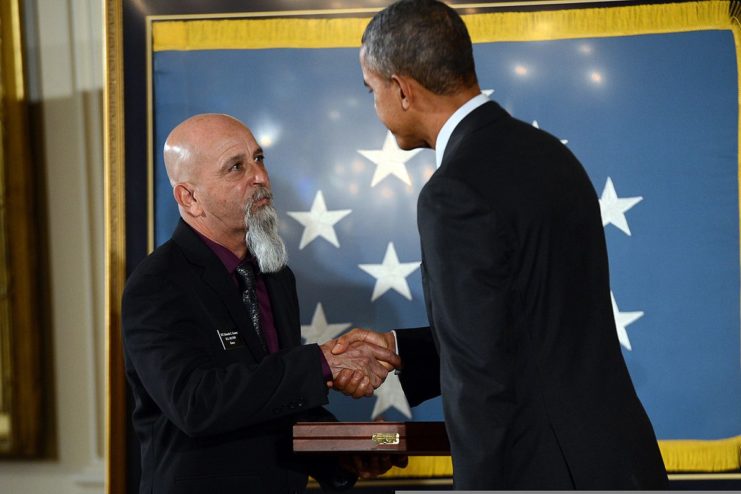
It would be another 42 years before the time came, but in 2014 after an extensive review of records overlooked, Sergeant Gomez was posthumously awarded the Medal of Honor. His nephew was there to receive on his uncle’s behalf from President Obama, and history would finally be able to put another bookmark in the history of war to acknowledge what this man accomplished that day.
While we might never know exactly how this man was able to pry open the hatch to a tank under heavy enemy fire, we do know that it happened, it displayed exceptional gallantry, and all the world can now remember this long lost action of the Korean War.
